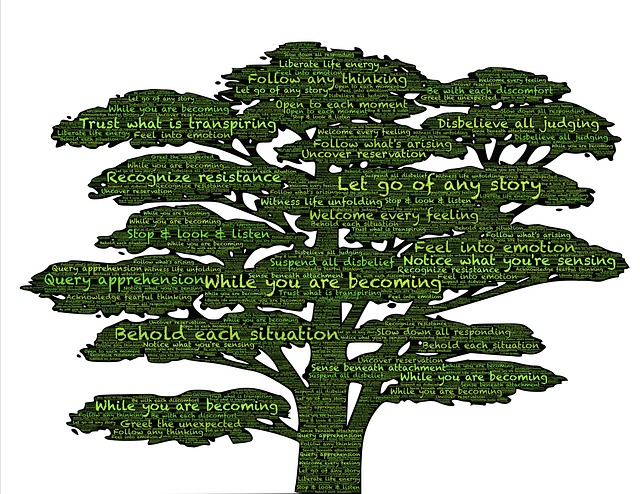Many of the presentations during the Mindful Leadership Online Conference, 17-26 October 2018, focus on what it means to be a leader in the digital age. Sky Jarrett, for example, discussed Thriving As a Leader in the Digital Age, and highlighted the role of mindfulness in achieving this goal. Her presentation drew on her experience with Accenture – a global consulting firm – where she is an Executive Coach and Mindfulness Instructor.
As the digital age continues to advance relentlessly with the advent of artificial intelligence and robotics, leaders are faced with new and demanding challenges and the uncertainty that derives from continuous technological, ecological and economic disruption. Life and work are becoming more complex with the generational shift and the growth in mental illness in the home and the workplace.
Thriving as a leader in the digital age through mindfulness
Sky identified how mindfulness can assist leaders to not only survive the digital era but to thrive and achieve greatness in their chosen arena of activity:
- Calmness – mindfulness is necessary to develop calmness and equanimity in the face of organisational and community turbulence. Sky likens the calmness developed through mindfulness meditation to the calm of the “eye of the storm”. She suggests that the incorporation of mindfulness practice in the life of an executive is an “imperative” like the change from analogue to digital. It is critical for a leader to be grounded and not unsettled by digital turbulence if they are going to lead effectively.
- Trust – Sky points to the fact that we are operating in a trust economy as part of the macro environment of the digital age. Trust underpins relationships which are the lifeblood of an organisation or community. Trust is built through integrity and consistency. Increasingly, followers look to leaders for guidance, transparency, support and reliability. Mindfulness builds self-awareness and self-management which are foundational to integrity and the development of trust.
- Connection and collaboration – the digital age is the era of connectivity. Individuals, groups, organisations and communities are collaborating locally and globally – even competitors are collaborating to achieve common goals. The complexity and speed of change means that leaders can no longer be isolates steeped in knowledge and relevant experience – they will become increasingly dependent on collaboration with others as change outpaces their ability “to keep up-to-date”. Mindfulness helps a leader to experience, understand and value connectedness to themselves, others and the world around them. It also enables them to build the capacity for collaboration and enlightened action in the world.
- Self-improvement – for many years now, we have focused on externalities including the continuous improvement cycle in organisations. The time has come for leaders to focus consistently on self-improvement, to take themselves as the the improvement project. This will require developing emotional awareness through mindfulness and reflection on their thoughts and actions so that a leader can enhance their response ability.
- Bodily intelligence – Sky suggests that leaders will need a greater connection to their bodies in the digital era. Bodily intelligence, also termed kinaesthetic intelligence, will enable leaders to sense bodily when things are not right and to take constructive action. Somatic meditation will assist leaders to enhance their bodily intelligence and to develop the leader’s capacity to trust their body’s intuition (“gut feeling”).
- Being present – as we have reiterated in this blog, the capacity to be present is an essential skill of leadership, no matter what the era. However, the digital era places greater demands on leaders to be genuinely present to others when interacting. The challenge to being present in a digital era characterised by incessant “noise” and disruptive communication, is potentially overwhelming. Mindfulness builds the capacity to shut our the noise and to fully focus on the person and task at hand.
There are many demands on leaders in the digital age, but as we grow in mindfulness we can bring calmness and equanimity to any situation, build trust and connectedness, focus on improving ourselves through reflection, more readily access our bodily intelligence and become more fully present in our daily interactions.
By Ron Passfield – Copyright (Creative Commons license, Attribution–Non Commercial–No Derivatives)
Image source: courtesy of pixel2013 on Pixabay
Disclosure: If you purchase a product through this site, I may earn a commission which will help to pay for the site, the associated Meetup group and the resources to support the blog.

